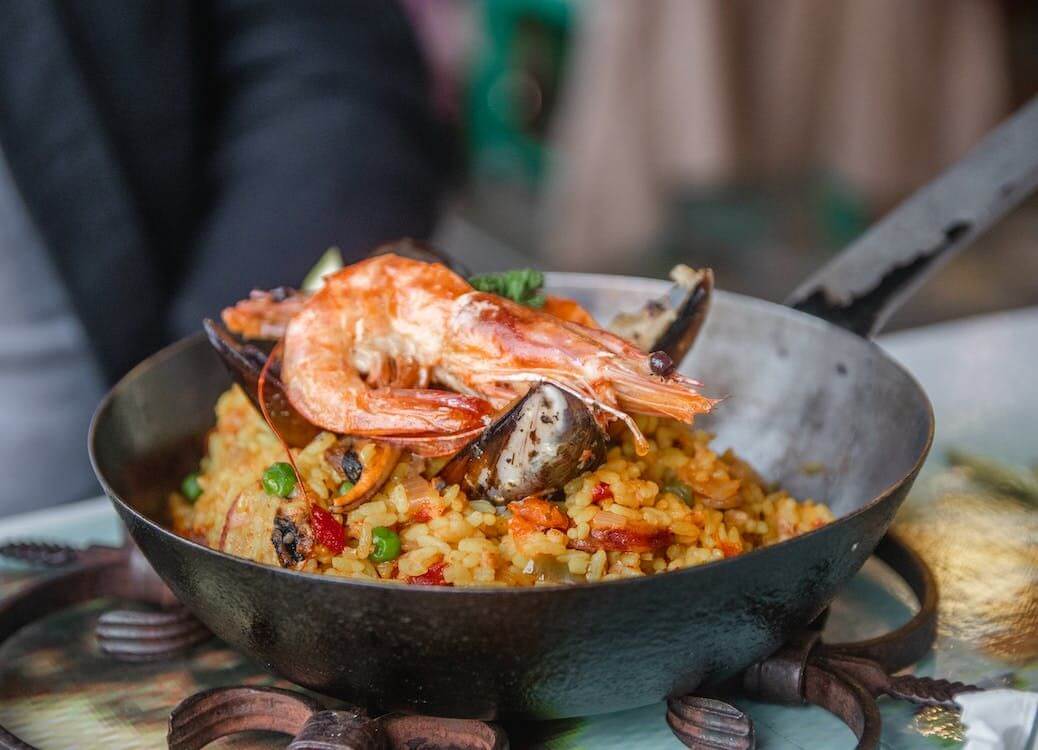Embrace your taste buds as we embark on a culinary adventure, pitting two iconic South African dishes against each other. In this clash of flavors, you’ll discover the rich cultural tapestry that makes up Rainbow Nation Cuisine.
Bunny Chow: The Street Food SensationIndulge in Durban’s delectable delight, Bunny Chow, born from the bustling streets of KwaZulu-Natal. You’re about to experience the fusion of Indian spices and South African ingenuity.
Bobotie: The Cape Malay MasterpieceHead to the Cape, where Bobotie reigns supreme. A fragrant blend of flavors and a testament to the Cape Malay heritage, this dish will take your taste buds on a journey.
The Culinary Showdown: Taste, Texture, TraditionAs these dishes face-off, we’ll delve into the nuances of taste, exploring the aromatic spices, tender meats, and unique textures that define each. It’s not just a culinary clash, but a celebration of diversity.
Culinary Controversies: Which Reigns Supreme?The battle for culinary supremacy sparks heated debates across South Africa. We’ll weigh in on the age-old question: Bunny Chow or Bobotie? Your palate is the ultimate judge.
The Global Influence: How These Dishes Shape Palates WorldwideBeyond South Africa’s borders, Bunny Chow and Bobotie have made their mark. Explore their global influence and the cultural bridges they build.
Bunny Chow, a delicious curry-filled bread bowl, is said to have originated in Durban’s Indian community during apartheid-era segregation. It was a convenient way for Indian laborers to enjoy their meals without the need for separate utensils. In contrast, Bobotie, a savory meat dish with a fragrant blend of spices and an egg-based topping, traces its roots to the Cape Malay community, reflecting the fusion of Indonesian, Dutch, and African culinary traditions. The article masterfully weaves together these historical threads, emphasizing how food has become a symbol of unity and celebration in South Africa, transcending cultural divides. It invites you to savor not only the flavors but also the stories that have shaped these culinary treasures.
Guides on How To Prepare These Dishes
Bobotie Recipe
Ingredients:
- 500g ground beef or lamb
- 2 slices of white bread
- 1 cup milk
- 2 onions, finely chopped
- 2 cloves of garlic, minced
- 2 tablespoons curry powder
- 1 tablespoon turmeric
- 1 tablespoon ground coriander
- 2 tablespoons apricot jam
- 2 tablespoons chutney
- 1 tablespoon Worcestershire sauce
- 1 tablespoon vinegar
- 1/4 cup raisins
- 1/4 cup slivered almonds
- Salt and pepper to taste
- 2 eggs
- Bay leaves for garnish
Flavours: Bobotie is a flavorful South African dish that combines aromatic spices like curry, turmeric, and coriander with the sweetness of apricot jam and chutney. It offers a unique blend of sweet, savory, and aromatic notes.
Preparation:
- Preheat your oven to 180°C (350°F).
- Soak the bread in milk and set aside.
- In a large pan, brown the meat, then add the onions and garlic. Cook until the onions are soft.
- Add the spices, apricot jam, chutney, Worcestershire sauce, vinegar, raisins, and almonds. Stir well.
- Squeeze excess milk from the bread and crumble it into the mixture. Mix thoroughly.
- Season with salt and pepper to taste.
- Transfer the mixture to a greased ovenproof dish. Press it down evenly.
- Beat the eggs and pour them over the top. Place bay leaves on the surface.
- Bake for about 45 minutes, or until the top is golden brown.
Occasions: Bobotie is often served at special occasions, such as family gatherings, celebrations, and holidays.
Bunny Chow Recipe
Ingredients:
- 4 hollowed-out bread rolls (loaves)
- 500g boneless chicken or lamb, cubed
- 2 tablespoons vegetable oil
- 1 onion, finely chopped
- 2 tomatoes, chopped
- 1 tablespoon ginger-garlic paste
- 1 tablespoon curry powder
- 1 teaspoon turmeric
- 1 teaspoon ground cumin
- 1 teaspoon chili powder (adjust to taste)
- Salt to taste
- Fresh coriander leaves for garnish
Flavours: Bunny Chow is a spicy South African fast food with roots in Indian cuisine. It features a blend of aromatic spices, chili for heat, and a savory meat filling, all encased in a bread loaf.
Preparation:
- Heat oil in a pan. Add onions and sauté until golden brown.
- Add ginger-garlic paste and cook for a minute.
- Add curry powder, turmeric, cumin, chili powder, and salt. Mix well.
- Add the meat and brown it on all sides.
- Add tomatoes and cook until they are soft.
- Add a little water, cover, and let it simmer until the meat is cooked through.
- Fill each hollowed-out bread roll with the meat mixture.
- Garnish with fresh coriander leaves.
What Occasions Suit A Good Bunny Chow?
Bunny Chow is a popular street food in South Africa, enjoyed on casual occasions and gatherings with friends. These recipes capture the rich culinary diversity of South Africa, blending flavors from various cultures into delightful dishes. Enjoy!
As we wrap up this culinary journey, it’s evident that South African cuisine is not just a delightful array of flavors, but a living testament to the country’s diverse cultural heritage. Bunny Chow and Bobotie, though distinct, share a common thread of history and tradition. They remind us that unity can be found even in the most unexpected places. So, as you embark on your own culinary adventures, remember to savor not just the tastes, but the stories that accompany them. If you have any thoughts, stories, or favorite South African recipes of your own, we’d love to hear them! Feel free to share in the comments below. And, if you’ve enjoyed this journey, don’t hesitate to spread the love – hit that share button and let others experience the magic of Rainbow Nation Cuisine!
Delve deeper into the world of Rainbow Nation Cuisine with our culinary clash: Bunny Chow vs. Bobotie. Explore the rich tapestry of South African flavors as we pit these iconic dishes against each other in a showdown of taste and tradition. If you’ve got a penchant for culinary adventures, this is your ticket to an exciting journey through the diverse tastes of South Africa. Share your thoughts, stories, and favorite recipes in the comments below or reach out via our contact form. Let’s keep the conversation going!




